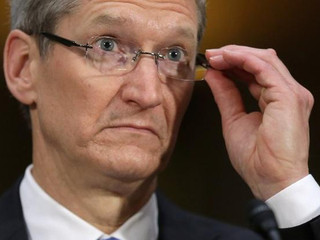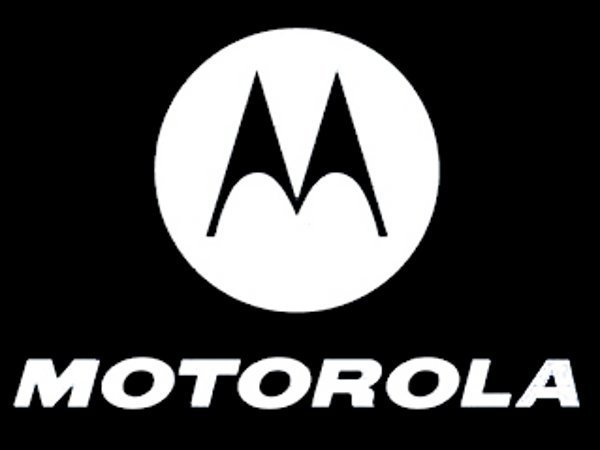

At this point, everyone has heard about the Google/Lenovo deal. After buying Motorola’s hardware business for $12.5 billion in 2012, it’s selling the company for a middling $2.9 billion. Why is Google selling Motorola? Because OBVIOUSLY. The deal was fairly bizarre to begin with (why would Google alienate other hardware makers by buying Motorola to presumably produce its own line of smartphones?). But ultimately, Google got what it came for: Motorola’s precious, precious patent portfolio—which, of course, it kept in the deal with Lenovo.
But what does this all of this mean for Apple, whose global market share has slipped to 15% in 2013 from 19% in 2012?
The truth is that Lenovo is not a force to be trifled with. The Beijing-based company acquired IBM’s PC business in 2005 and has since become the top PC manufacturer in the world. And as of 2013, Lenovo was the second largest smartphone maker in mainland China, up from eighth place in 2011. The Google/Lenovo deal, however, instantly makes the combined Lenovo-Motorola entity the third largest smartphone maker in the world.
Meanwhile, Apple’s market share in China has fallen to sixth place in 2013 from third place in 2011. That may change with Apple’s new deal with China Mobile—and indeed, it did say in the week after signing the deal that it had seen more iPhone activations that week than at any other time in China.
But some are wondering whether Apple is really going to gain much market share from the China Mobile deal. Apple gave fairly low guidance for next quarter, which implies low iPhone sales (BTIG estimates only 38 million will be sold in Q2). But such low projections don’t jibe at all with Apple’s supposedly record iPhone sales in China—unless Apple doesn’t expect to sell many iPhones in China next quarter.
“Apple management will point to the fact that they have only launched the iPhone in 16 markets in China and it will take time to ramp the distribution throughout the rest of the country,” wrote BTIG analyst Walter Piecyk, in a blog post. “While that may be true we suspect the bigger issue is an old issue we have talked about for a while. The iPhone is simply too expensive for the unsubsidized wireless customer in emerging markets.”
The iPhone 5C did not do well last quarter. Apple CEO Tim Cook confirmed as much in the company’s earnings call this week, saying that demand for the iPhone 5C was “different than we thought.” That’s the only kind of confession of failure you’re ever going to get out of Apple.
Is it because demand for a low-cost iPhone was lower than Apple expected, or was it because demand for the reduced-price-but-not-really-low-cost iPhone 5C was lower than they expected?
As Piecyk points out, Apple was expected to release an 8 GB iPhone 4 in India for an estimated $245 (R. 15,000), but Apple ended up setting the price at $370 (R. 22,900).
“Lower pricing on legacy products can drive incremental demand but we think it would take a cut to below $300 to address the unsubsidized emerging markets,” wrote Piecyk.
A Google/Lenovo partnership could make things even more slippery for Apple.
“We think Lenovo and Samsung on Android will increasingly consolidate the fragmented Android-based device landscape,” wrote J.P. Morgan analyst Mark Moskowitz, in a research note. “In other words, the fragmentation of Android-based devices is likely to narrow, limiting Apple’s ability to recapture customers not satisfied with the Android experience on lesser-quality devices by other vendors.”
With growth slowing in the high-end smartphone market, what’s an Apple to do? The company has staked its reputation on being a maker of high-end devices and it’s quickly falling behind in the smartphone race.
“With the iPhone 5C, Apple signaled it is not prepared to walk down the price elasticity curve, but with Lenovo and Samsung likely turning up the heat, Apple may need to change its tune on pricing,” wrote Moskowitz.
The thing is, everyone knew that iPhone sales were going to peak at some point, and then Apple was going to have to rely on a different product to drive its revenue. Many thought that the iPad would do just that, but that’s not turning out to be the case. Both Piecyk and Moskowitz argue that Apple needs to innovate and release a new product—not just a revamped existing product. If it doesn’t do so soon, Moskowitz points out, then the China Mobile deal could turn out to be Apple’s last major growth catalyst.
Apple shares are down 9.3% to $494 since Monday.


















